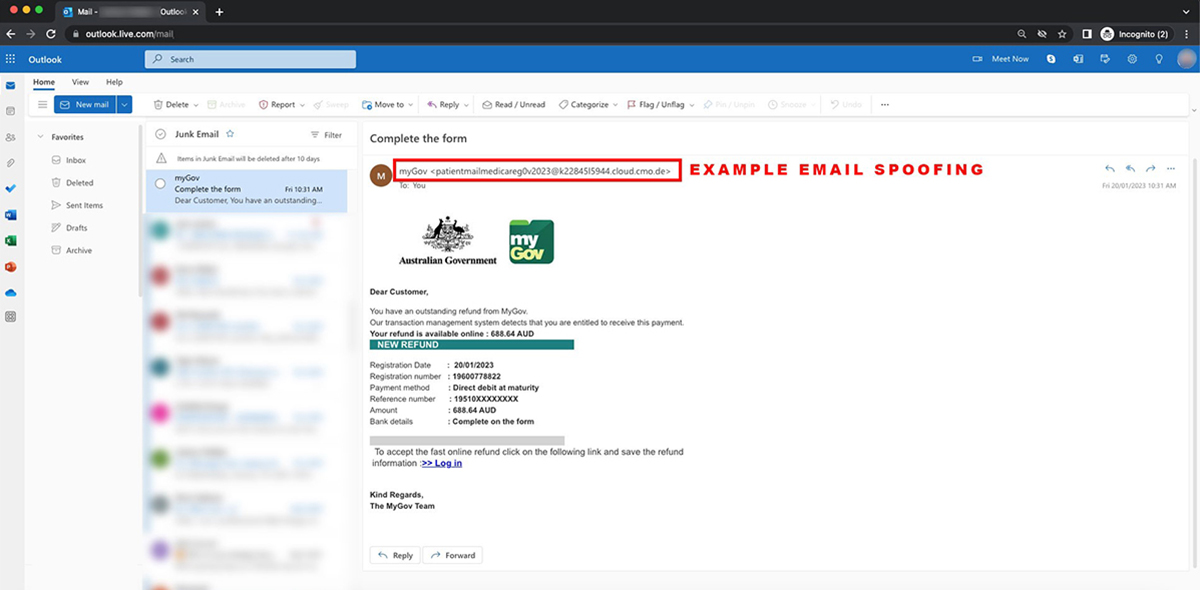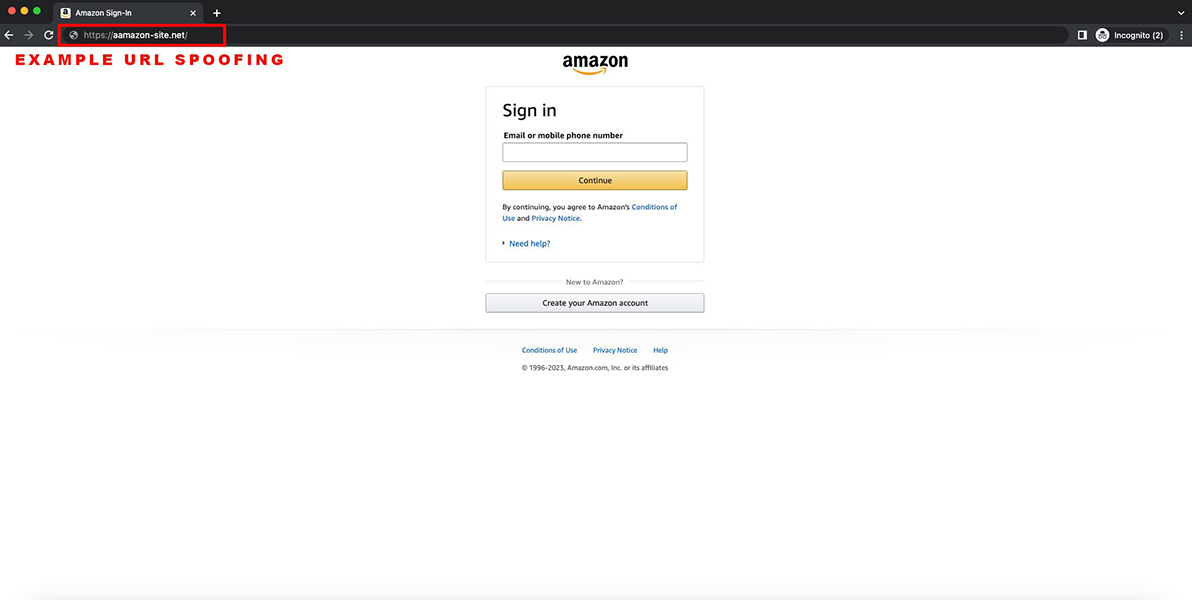In this article, I will be looking at common email scams, and provide some examples on how to spot and avoid them. Email scams, also known as phishing scams, have been around since the 90s and have become more sophisticated over time. These scams typically involve fraudulent emails that are designed to trick people into giving away personal information or money.
Some of the most common email scams include:
- Law enforcement scams, where the scammer poses as a law enforcement agency and claims that you have outstanding fines that need to be paid immediately.
- Invoice, bill, and fine scams, where the scammer sends you fake invoices, bills, or fines and requests payment.
- Parcel service scams, where the scammer claims that there is a problem with your parcel delivery and requests additional fees or personal information.
- Bank and financial service scams, where the scammer poses as a bank or financial institution and requests that you update your account details.
- Government department scams, where the scammer poses as a government department and requests personal information or payment of taxes or penalties.

It’s important to remember that most legitimate businesses will not contact you via email, SMS, or phone and ask you to:
- Make an immediate payment for an overdue bill, fine, or penalty.
- Click on a link to an external website.
- Provide account details such as a PIN, password, or username.
- Confirm or provide payment details for a direct debit.
- Make a payment using PayPal, iTunes, or gift cards.
Here are some tips to help you spot and avoid email scams:
- If you receive an unsolicited email from a business, you are unfamiliar with, delete it. If you receive an email from a familiar business but you are unsure about the content, contact the person or business directly using the contact details you have or by searching for their official contact details online.
- Be wary of emails with spelling and grammar errors, as legitimate businesses often pay people to double-check their communications and scammers typically don’t.
- Be sceptical if an offer seems too good to be true, as it probably is a scam.
- Always check the sender’s email address and URL, as scammers often use spoofed emails and websites that are only slightly different from the real thing.
- If you have any doubts, don’t open, or click on links in suspicious emails.

If you want to learn more about email scams and how to stay safe online, make sure you follow One Click Verify and if this information was useful share the link with your family and friends.
My next article will look at common social media scams and how to protect yourself.

